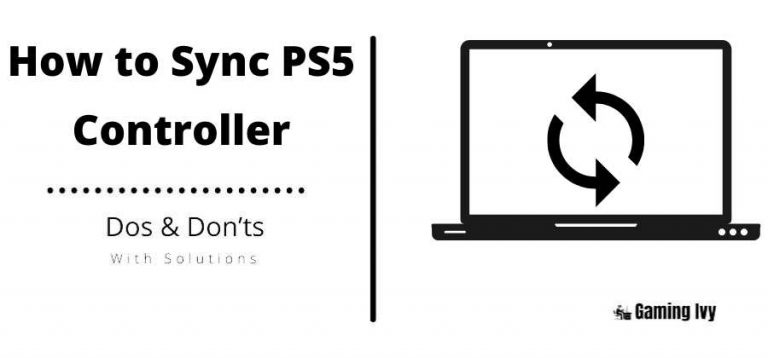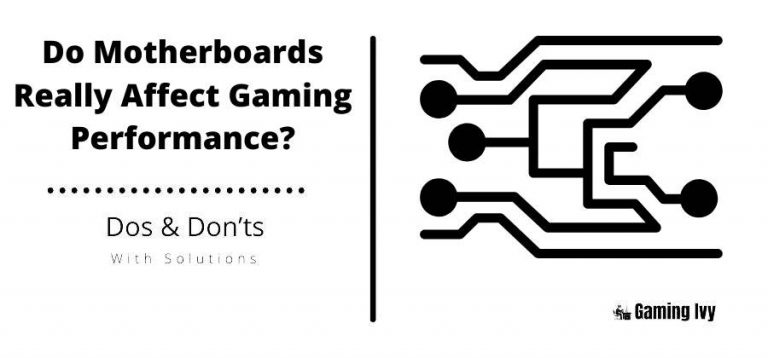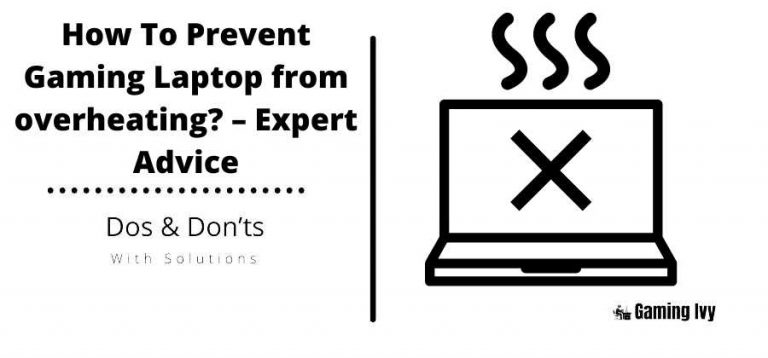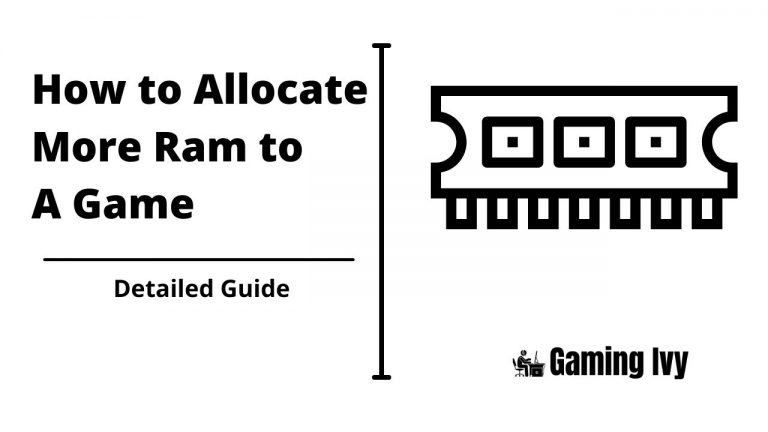Why Gaming is Good For You and Your Health
Video games, commonly known as gaming, are played by 164 million Americans, or half of the population. Contrary to popular assumptions, video games aren’t solely for teenagers. Only 21% of gamers were under the age of 18 according to a recent survey.
While gaming can be an enjoyable diversion or hobby (and is even becoming a competitive sport on many college campuses), excessive gaming poses health dangers. What are these dangers, and how may they be avoided?
Table of Contents
Is there anything good about gaming?
It is only fair to discuss the advantages of gaming before moving on to the disadvantages. Gaming may give a method for people to communicate with each other — a virtual community — as they work together to complete common tasks, in addition to being interesting and an enjoyable pastime.
Our culture suffers from a loneliness problem, and gaming may be a vehicle for connecting with others. Especially otherwise difficult-to-connect-with people in your life, such as kids, grandkids, or (as I’ve witnessed) autistic youngsters who have difficulty communicating using traditional methods.
There is conflicting evidence suggesting gaming has cognitive benefits, such as greater attention control and spatial reasoning. And yet it is unclear how far these benefits extend outside of the video game environment into the real world.
Finally, video games can be used to instruct patients with degenerative disorders to improve their balance, to help adolescents with ADHD improve their thinking skills, or to teach surgeons how to perform technically difficult surgeries.
Gaming injuries
Overuse injuries, also known as repetitive stress injuries, occur when muscles and tendons are used repeatedly to the point where discomfort and inflammation develop. If these injuries are allowed to progress, they can cause numbness and weakening, as well as irreversible harm. Gamers are prone to overuse injuries to their hands and arms.
Carpal tunnel syndrome, which affects many gamers, is a good example. Carpal tunnel syndrome is an inflammation of a nerve in the wrist that produces pain and numbness. It is commonly found in office workers.
When the tendons that move the thumb become inflamed, it is known as “Gamer’s thumb,” which was previously known as “PlayStation thumb” (or “nintendinitis” or “nintendonitis” when Nintendo was popular). De Quervain’s tenosynovitis is the medical word for this condition, which causes swelling and limited mobility.
About
Trigger finger, also known as steno sing tenosynovitis, is a condition in which a finger becomes stuck in a bent posture due to persistent inflammation. Tennis elbow is a painful inflammation of the tendon that inserts into the bone on the outside of the elbow that affects gamers.
Gaming is linked to obesity in teenagers, and if examined further, the same could be proved in adults. This is owing to the simple fact that if a youngster spends hours every day in front of a computer, he or she isn’t getting much exercise. Obesity may also be linked to increased food consumption while playing video games.
“A single session of video gameplay in healthy male teenagers is connected with an increased food intake, regardless of appetite sensations,” according to a study published in the Journal of Clinical Nutrition.
Gamers frequently complain about vision difficulties. Eye strain is the most frequent eyesight impairment, which can cause headaches and poor attention. Seizures have been documented as a result of gaming, prompting box warnings.
Gaming addiction
Gaming has also been linked to mental health issues. It’s still unclear whether video game addiction, sometimes known as internet gaming disorder (IGD), is a distinct condition. IGD is described as experiencing at least five of the following nine criteria over a 12-month period, according to the American Psychological Association:
- gaming preoccupation
- withdrawal
- Tolerance
- downplaying use
- failure to control
- a lack of enthusiasm for other pursuits
- loss of a relationship, an educational opportunity, or a job
- Anxiety, guilt, or other bad mood states can be escaped or relieved through gaming.
- Despite psychosocial issues, gamers continue to play.
As per research published in the American Journal of Psychiatry, between 0.3 and 1.0 percent of Americans may suffer from internet gaming disorder(IGD). Treatments for this issue are still being developed because the disease isn’t entirely recognized or agreed upon. But they can involve public health measures like education and harm reduction, as well as stricter product labeling and cognitive behavioral therapy.
There are also support groups, such as Computer Gaming Addicts Anonymous, that use the power of group support. Which has been shown to be effective in the treatment of other addictions — to gaming addiction.
Gaming has also been linked to sleep loss, insomnia, and circadian rhythm issues, as well as depression, anger, and anxiety, though more research is needed to confirm the validity and intensity of these links.
There has also been worry that exposing teens and young adults to the excessive violence present in it. Video games can desensitize them to such violence. Producing emotional problems and potentially leading to young people committing acts of violence.
Gaming in moderation
Moderation is the key, as it is with many other hobbies that have potential benefits and drawbacks. Most of the negative effects of gaming can be reduced, if not eliminated, by limiting the amount of time spent in front of the screen and engaging in healthy activities such as exercising or socializing in the real world rather than the virtual game world.
Injury prevention requires a high level of education. Gamers must be taught how to safeguard their thumbs, wrists, and elbows, as well as their waistlines, emotional states, sleep, and eyes.
Simple training in taking breaks, stretching, eating nutritious snacks, and resting and icing your thumb, wrist, or elbow. When it hurts can help prevent injuries from becoming serious. For the eyes, gamers can follow the 20-20-20 rule: stare at something 20 feet away for 20 seconds every 20 minutes.
Conclusion
In short, rather than letting the game overtake your life, playing video games may be enjoyable and social. And when they are integrated into a balanced lifestyle. And that includes enough sleep, exercise, and a decent diet.
If you learned a new thing about Why Gaming is Good For You and Your Health? today, then please don’t forget to share this article with others. If you have any questions or suggestions for us. Please feel free to write them in the comment section down below.
Thanks

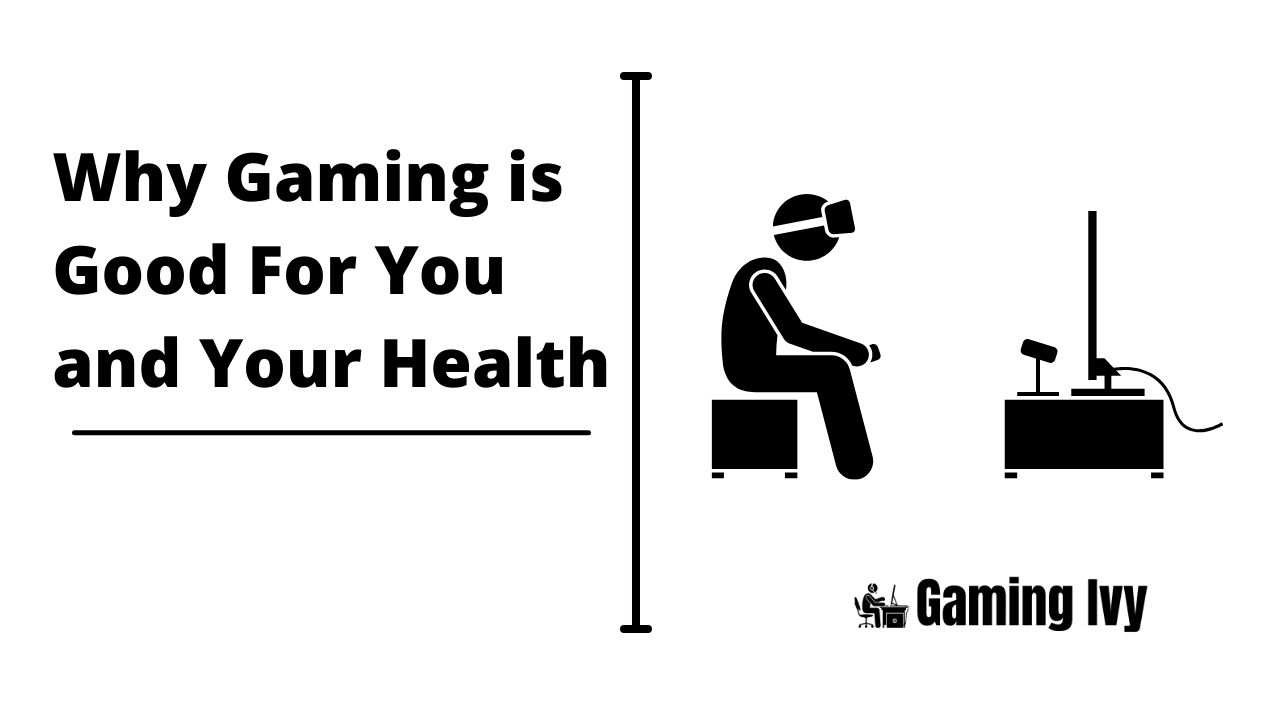
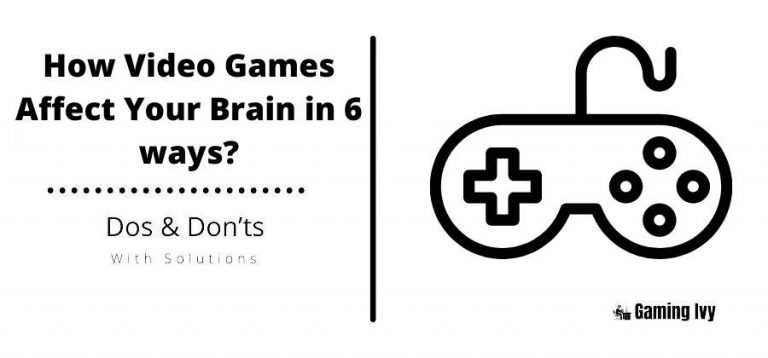
![Best RAM for Ryzen 7 5800X in 2023 [Everything in Detail]](https://gamingivy.com/wp-content/uploads/2022/07/Best-RAM-for-Ryzen-5800X-768x540.jpg)
